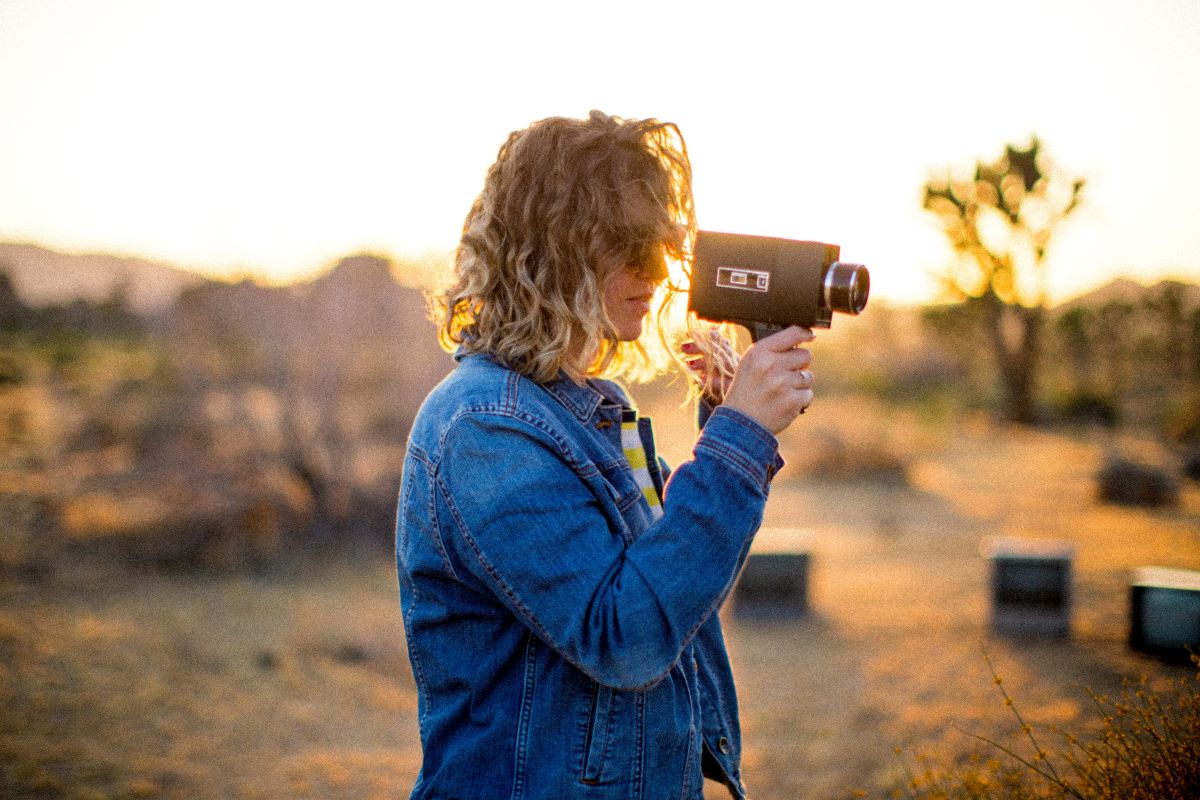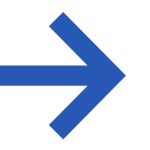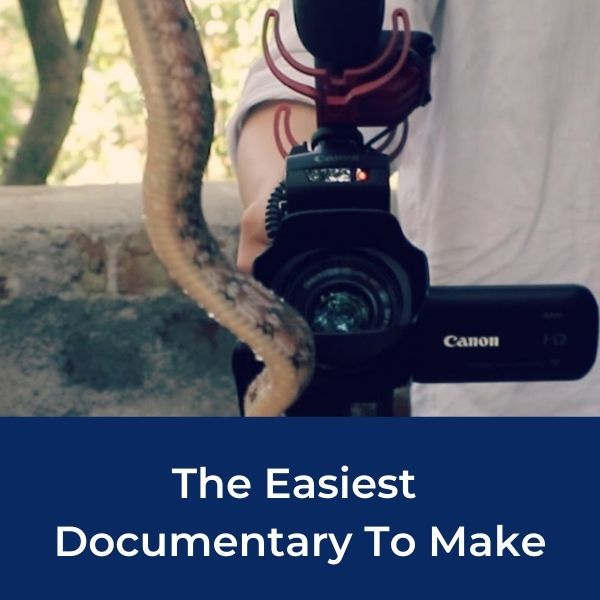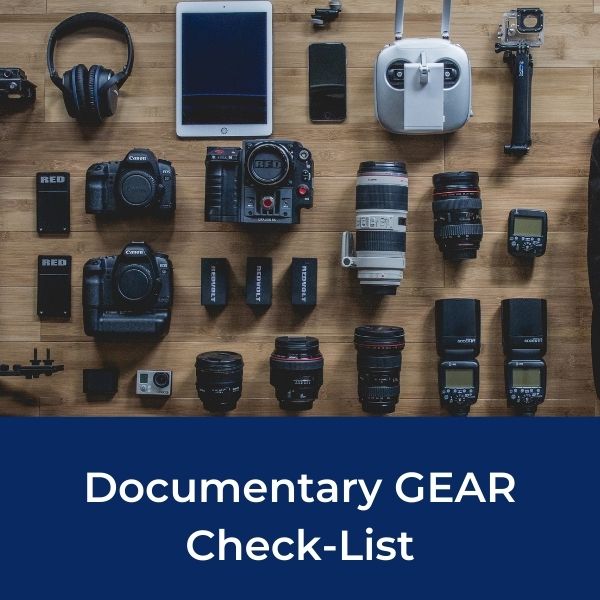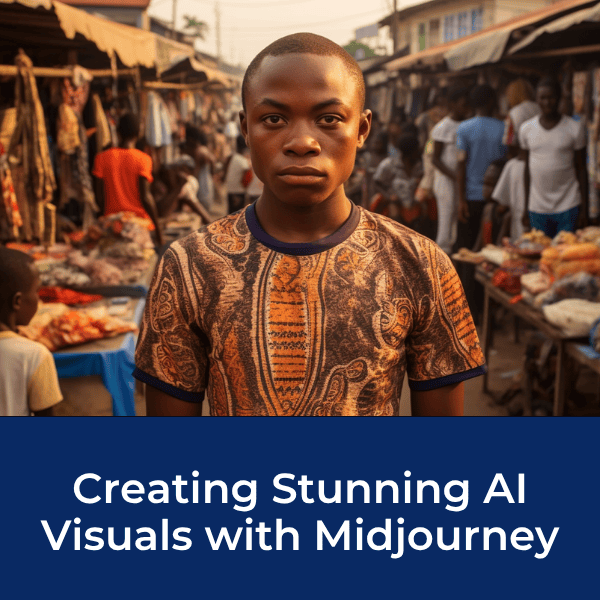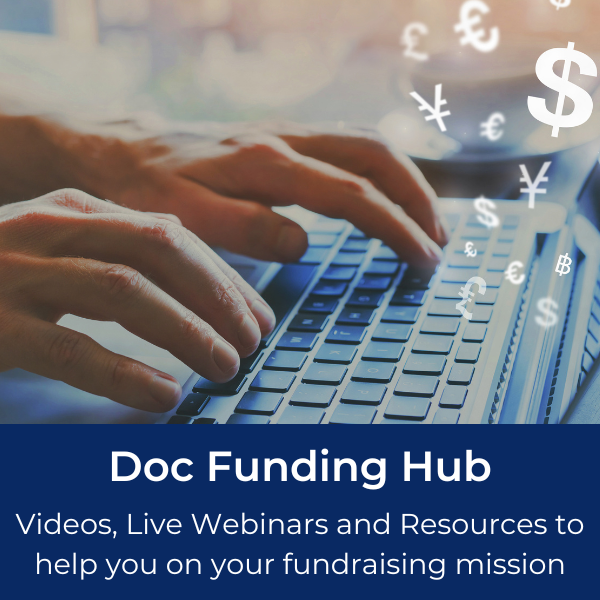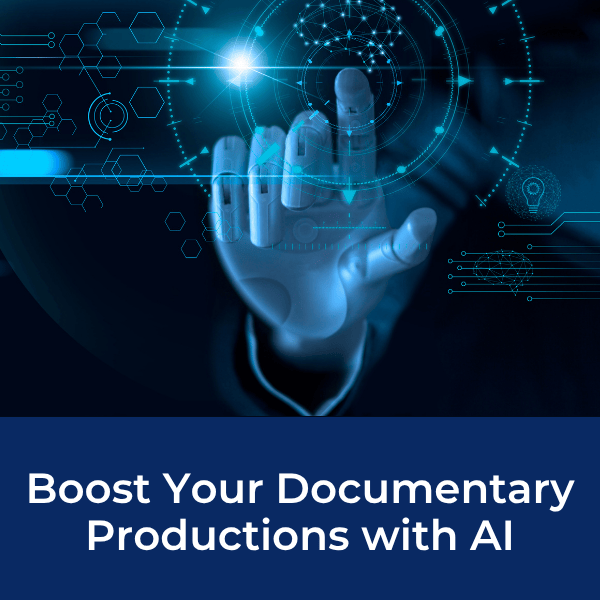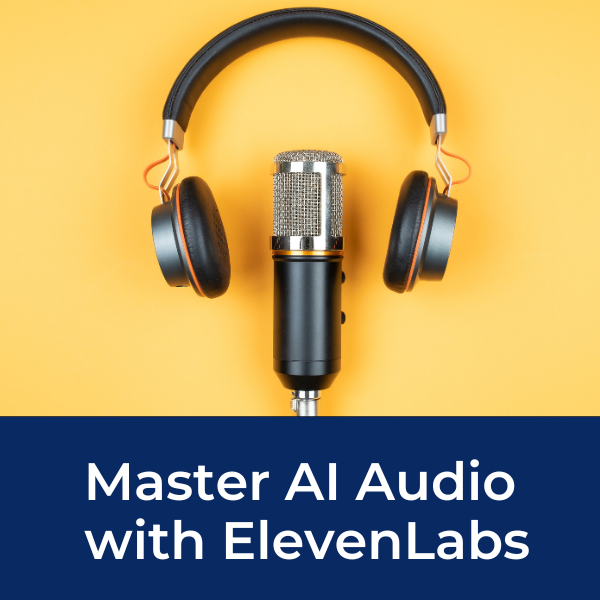5 Cinematic Techniques for Making a Documentary More Impactful
By Guest Author: Ron Dawson
My First Inspiration
The first time I ever saw a Nooma film, I was blown away.
Nooma is a series of short films produced over ten years, starring the controversial evangelical speaker and author Rob Bell.
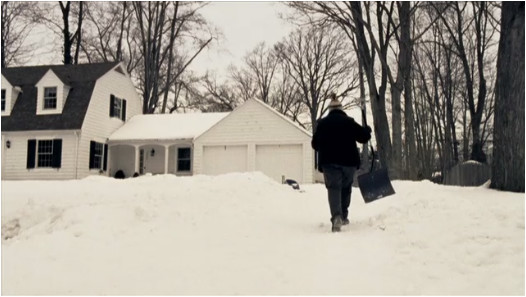
Rob's provocative goings-on notwithstanding, those films (which were produced by a wholly autonomous non-profit called Flannel) changed the entire way I look at documentary filmmaking.
They are
without a doubt, the biggest influencer of my own work as a
documentary filmmaker.
But frequently the "b-roll" had no direct correlation to what he was talking about.
He'd recount the story of Peter walking on water, but the b-roll was his neighbor shoveling snow.
A story about forgiveness was accompanied by a woman getting her bags at an airport.
A story about love is "painted" by Rob building a bonfire.
But these visuals worked because although there was no literal connection to the informational content, there was a definite metaphorical or narrative thread that rang emotionally true.
These were films that grabbed me both visually and audibly.
Intercut with Rob speaking to the camera were narrative stories.
In many cases the visual stories were artistically styled and beautifully shot, nonetheless traditional b-roll (most of the films were shot on 16 and even super 35mm film.)
If Rob was telling a story about his family, you'd see shots of him and his family as it related to the story he was telling.
As a documentary filmmaker, it's your job to tell a story.
Just because it is a documentary, doesn't mean it has to be boring, or lack any of the cinematic techniques employed by traditional narrative filmmakers.
So whenever I am shooting a documentary-style project, I look for ways to tell the story as if it were a scripted narrative.
Here are five ways in which I go about doing that:
5 Cinematic Techniques for Making A
Documentary More Impactful
- Know the story: during the
pre-production phase, I learn all I can about the story I plan to
tell. Whether it’s a corporate promotional film, or a personal
profile, I get as much information as I can about the people,
places, and events related to the film.
- Create a shot list: as much
as possible I determine ahead of time the shots I want to get to
tell the visual story I want to tell. Naturally a big part of what I
plan to shoot will be based on sound bites I get during the
interviews. But the more I know up front what I will be shooting,
the more shots I can plan ahead of time.
- Shoot it like a script: in
much of the work I do, I’m NOT a journalistic filmmaker, capturing
events as they happen, like an ENG news shooter might. Usually I’m
directing the “talent” (i.e. employees, interview subjects, etc)
and doing minimum production design (even if it’s just rearranging
someone’s office to make it look just right). Where appropriate
and whenever possible I also get good coverage (e.g. wide, medium
and close up shots of the same “scene”; opposing angle shots;
etc.)
- Mind the metaphorical: my
favorite kind of narrative storytelling is metaphorical or
allegorical imagery similar to the Nooma examples I gave above.
Where I have the opportunity to shoot narrative scenes that have no
literal connection to the soundbites, but have the strong emotional
resonance.
- Music is key: when I get to the editing process, I put a lot of time into finding the right music. Music has almost as much influence in eliciting emotional responses to a film as the visuals do.
Since Nooma I’ve also been strongly influenced by other amazing documentary filmmakers utilizing cinematic techniques; filmmakers like Errol Morris, Werner Hertzog, and Alex Gibney (“The Smartest Guys in the Room” and “We Steal Secrets: The Story of Wikileaks”).
I’m always looking for ways to
push the documentary envelope and blur that line.
Learn Step-By-Step How To Make A Documentary
Case Studies
Here are two examples of projects where
I utilize that narrative storytelling license. (It’s rather apropos
that both happen to involve my daughter who as of this writing just
went off to college).
Case Study #1: "Mixed in America"
This is a personal project developed over about a two year period. I wanted to tell the stories of biracial people, but do it in such a way where it feels completely like a scripted film.
You will never see the interviewee.
In fact, I
purposefully recorded audio-only interviews with the subjects,
thereby requiring all the visuals to be narrative and metaphorical
re-enactments. Here’s the trailer for the first episode.
Case Study #2: "The Creative Process"
This documentary short film was for a commercial client that provides B2C tools and community resources for professional photographers.
This was part of the keynote address their new CEO gave at their annual conference that year.
In it I interview four, non-photographer artists to talk about the creative process.
Interwoven throughout is traditional b-roll, but also a
narrative story of a teen girl writing a song she got in a dream.
Documentaries represent one of the most
important and significant art forms of this and last century.
They have the power to change the world.
As makers of this medium, we should always strive to make their impact on the audience all the more powerful. Utilizing cinematic techniques is one way to do that.
About The Author
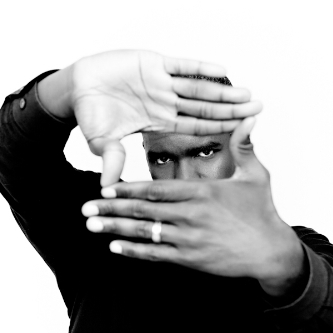
Ron Dawson is an award-winning video producer, speaker, instructor, and author. He is the Managing Editor for the Frame.io Insider, host of Radio Film School, and creative director and owner of Dare Dreamer Media. He travels the world as a digital nomad with his family, but when back in the states, calls the Seattle metro home.
Recommended For You
Ready To Make Your Dream Documentary?
Sign up for our exclusive 7-day crash course and learn step-by-step how to make a documentary from idea to completed movie!
